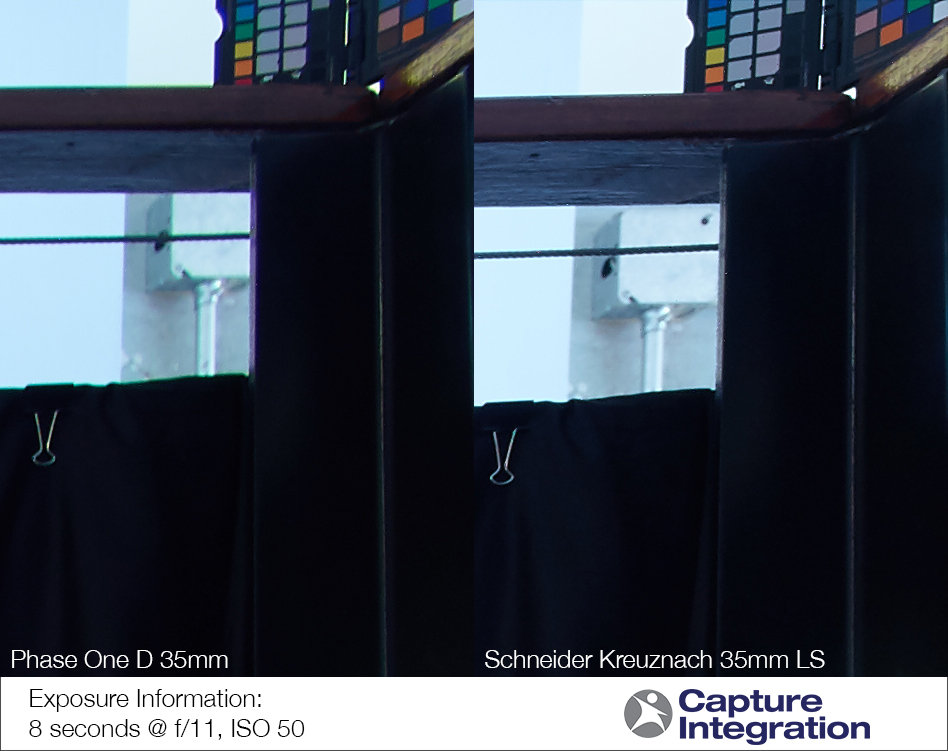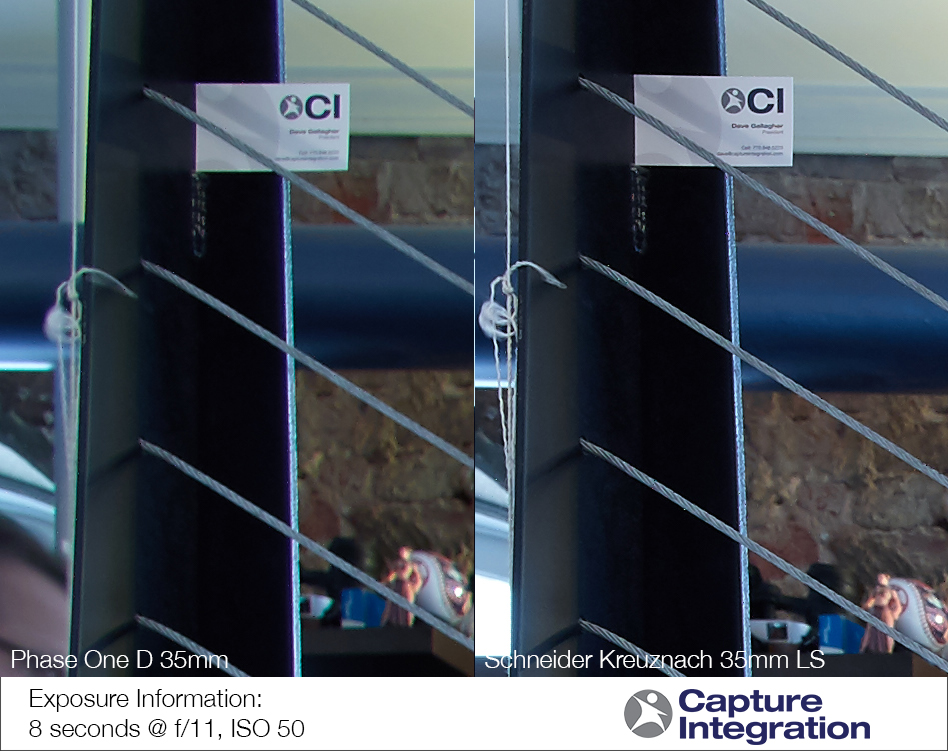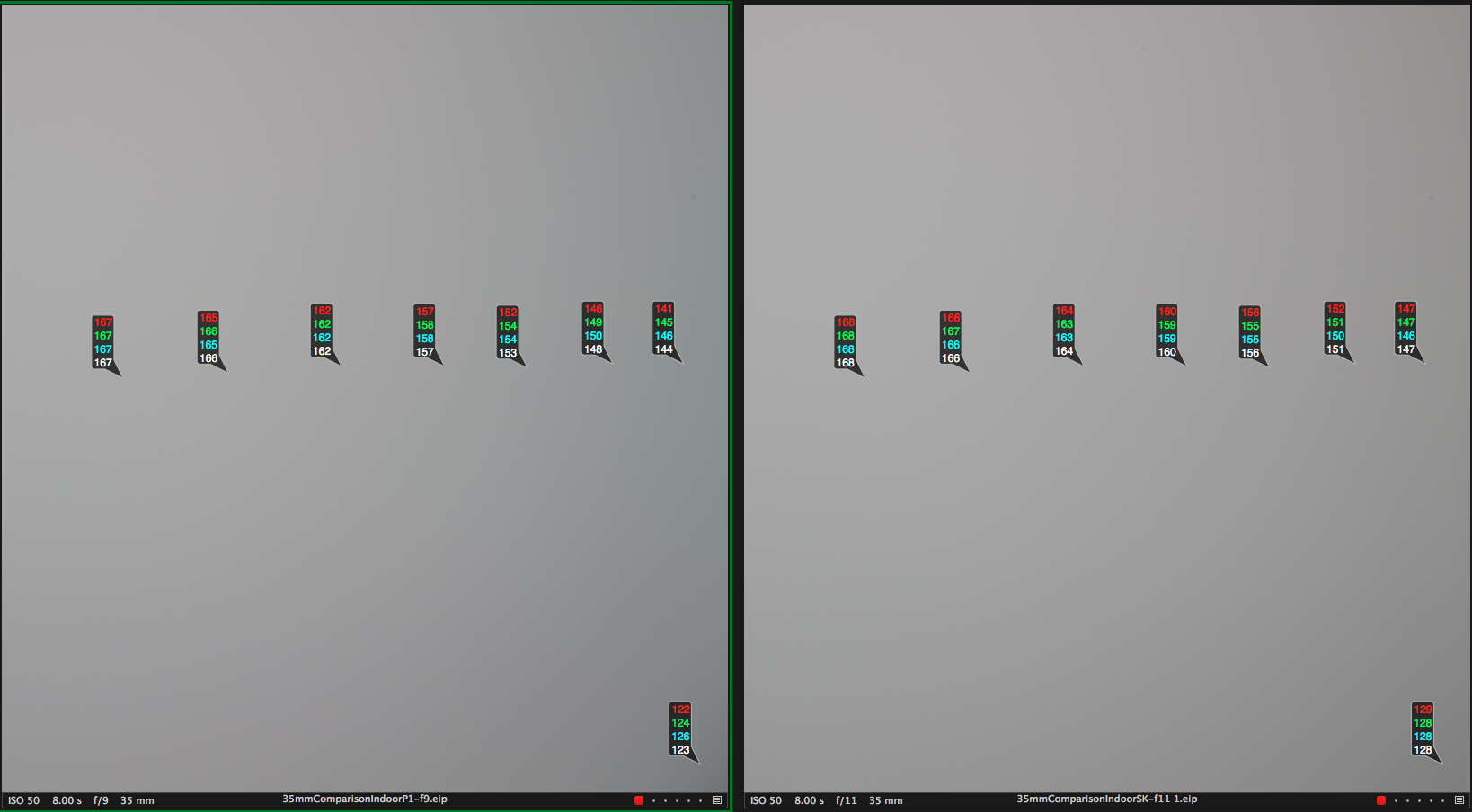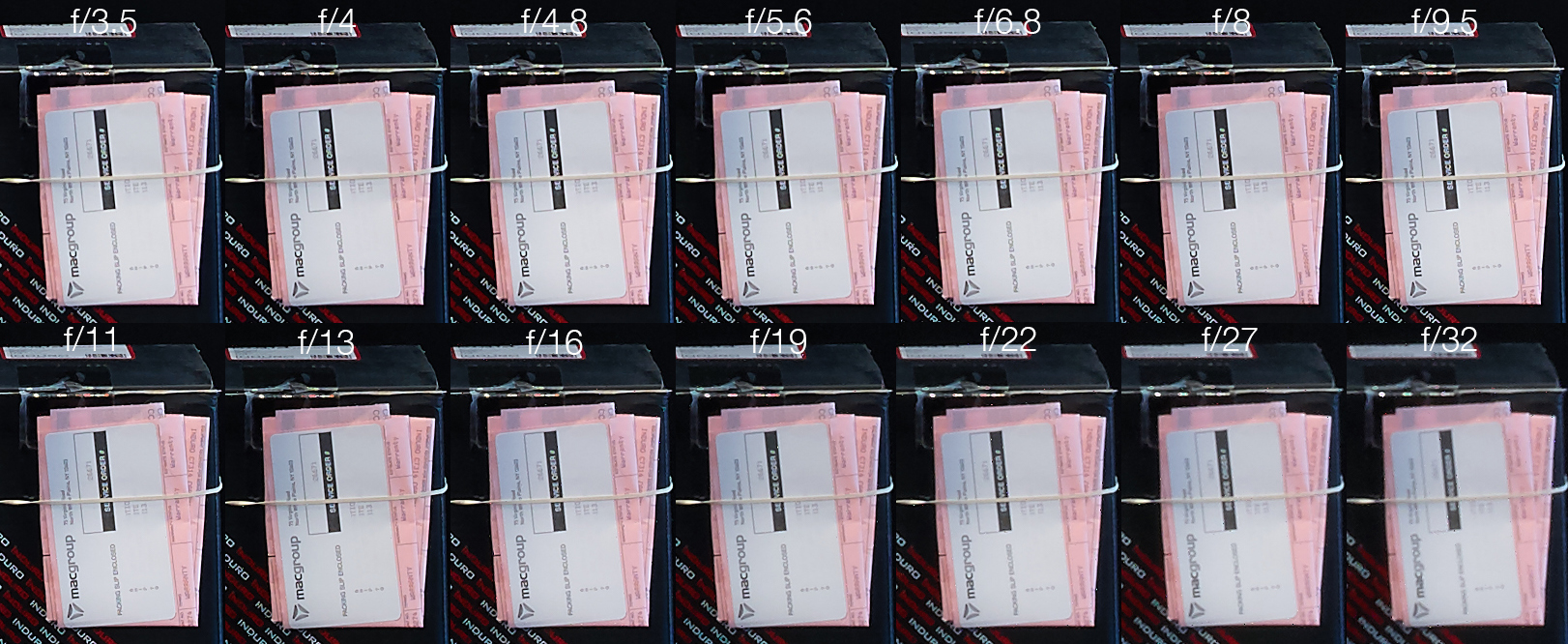
Capture Integration has built a reputation on a straight forward sales approach that puts the customer first above all else. We often tell customers not to buy products that they won’t be happy with or that isn’t right for their needs. This is the purpose of a partner that you can trust. You can feel comfortable that your buying decision from CI is backed by our knowledge of the products and a full understanding of your personal needs.
And due to this fact we have had many customers in the past ask to buy a new Phase One 35mm D lens and the majority of the time we have flat out stated, NO. We won’t sell you a product that you will be unhappy with or where the quality of the product reflects poorly on us as a trusted partner. In fact, we stock every other D and LS lens in new and pre-owned status but we only stock the Mamiya/Phase One 35mm lens in pre-owned, only recommending it for cropped sensors. As you can imagine, this perspective on products is not popular from the manufacturer. But our reputation in the market and our relationship with you is more important than minor disagreements in global corporate marketing.
So we were waiting with great anticipation for Fedex to deliver the first Schneider 35mm LS to us this week. While we were able to preliminary test it in Denmark at the product launch in May and these images showed great improvement at that focal length. The only way to judge true quality is to capture images on the same sensor and body in our controlled environment and only change the variable of the lens. This test relative to the existing 35mm D shows you where wide angle lenses fail and where they excel.
Here are the areas of importance and concern:
Testing setup:
Scene: Capture Integration’s HQ provided an excellent mix of lighting and depth to explore the true performance of each lens. In addition, the straight lines of the architecture provide an excellent reference for the distortion inherent in these wide lenses.
Aperture: Both lenses were shot at f/11, as a mid-range comparison of the two lenses nearest to their ideal aperture.
Support: Cambo MONO-1 monostand with a CAL-0 base.
LCC: No LCC correction was applied, as we wanted to show the lens’s true chromatic aberration and falloff head to head. All lens profiles were disabled as well. We have included a LCC to LCC comparison below.
Body: The new Phase One XF was used in conjunction with the IQ3 60MP.
Processing: Beyond selecting the same grey swatch for both cameras (the third spot in on the large MacBeth colorchecker on the cart in the scene,) the only additional processing was increasing the sharpening to 280.
Lens Specifications :
| Specs | Schneider Kreuznach 35mm LS f/3.5 | Phase One 35mm AF f/3.5 |
| Aperture Range: | f/3.5 - f/32 | f/3.5 - f/22 |
| Angle of View : | 89° | 90º |
| Focusing System: | Auto / Manual | Auto / Manual |
| Filter: | 105mm | 17mm |
| Optical Construction: | 11 Elements / 8 Groups | 9 Elements / 7 Groups |
| Lens Hood: | Bayonet | Bayonet |
| Flash Sync: | Up to 1/1600 | 1/125th |
| Shutter Speed Max (on XF): | 1/4000s | 1/4000s |
| Maximum Magnification Ratio: | 0.104x | 0.16x |
| Equivalent 35mm Focal Length: | 22mm | 22mm |
| Min. focus distance | 50cm / 16.4ft | 35cm / 1.15ft |
| Area covered: | 518mm x 390mm | 359mm x 266mm |
| Weight: | 1370g / 3.02lb | 480g / 1.058lb |
| Dimensions (L X W): | 111mm x 119mm / 4.4 x 4.7in | 62mm x 84mm / 2.4 x 3.3in |
Overall Image

Click to enlarge
Chromatic Aberration

Click to enlarge
Chromatic aberration, or “purple fringing”, occurs when a lens is unable to resolve all wavelengths of light at the same focal plane. To reduce or eliminate this fringing, different types of achromatic lens elements can be used in conjunction with each other to reduce fringing, as well as using low dispersion glass that is made with fluorite. Schneider Kreuznach’s optical engineering far exceeds the Phase One lens design, resulting in obvious benefits most easily seen in the image above. Specifically, the edge of the railing support, the edge of the white wall, and the right edge of the color checker in the corner. Typically, this type of backlighting is a stress test for any lens, and the 35mm LS handles them with ease.
Sharpness edge to edge

Click to enlarge
Sharpness in the corners of a lens typically falls off compared to center sharpness due to the spherical nature of glass. This results in spherical aberration, which means the light rays striking the edges of the lens are refracted less than those hitting the center of the lens. These edge light rays end up on a different point on the optical axis, and result in visible softness in the image. To correct this, higher end lenses use an aspherical element to help combat the angle of refraction and align them on the same point of the optical axis (typically, the focal plane.) As you can see in the above image, the Phase One 35mm’s corner sharpness fairs much worse. The 35mm LS from Schneider Kreuznach is much better, resulting in readable type on the business card, as well as the ability to see the dust spots on the second wire up from the bottom of the image, and the frayed edges of the string hanging from the railing. In addition, you can see the twists in the metal support wires on the SK image, whereas the ones from the Phase One image are blurry and indistinct.

Click to enlarge
The edge softness is also apparent in the above image, specifically in the metal mesh of the basket. Once again, the wires are a great place to do a comparison, as you can see the individual strands clearly in the image from the Schneider lens, whereas the the Phase One image is soft and indistinct. Here, you can also see the falloff against the brick; there’s no texture in the brick directly next to the window, whereas the Schneider image showcases the exact granular nature of the brickwork.

Click to enlarge
Another example from the left side of the image. The text is blurry, indistinct, on both the Varisty lettering and the hand drawn sharpie text on the whiteboard. The brick is also textureless in the left image, whereas on the right image, it pops right out. The most striking detail difference in my mind is that you can see the screws are allen wrench tightened on the Schneider Kreuznach lens, and that you also cannot see the edges of each individual booklet on the shelf in the Phase One image, making them look like one indistinct rectangle.
Fall off/Uniformity

Click to enlarge
Lenses, by design, are composed of multiple elements in order to focus an image on a focal plane. However, with multiple curved elements of glass present, the rear elements end up being shaded from the illumination in the scene by the elements in front of them. This reduces the effective lens opening for off-axis incident light, and is especially apparent with smaller apertures (as the aperture blades themselves end up compounding the problem by shielding the focal plane from those edge light rays as well. There’s a few ways around this darkening and uniformity issue. Lenses such as the Rodenstock 28mm f/4.5 HR Super-Digitar (or really any technical camera lenses under 40mm) usually use a physical screw-on center filter that acts like an inverted radial graduated neutral density filter to offset this effect. In addition, these effects can be offset by projecting a larger image circle, as the effects will more apparent at the edges rather than in the center, as you’ll be cropping the image in the center from the overall image circle. The Schneider Kreuznach 35mm has less overall falloff, especially in the corners, losing 5 points less light in the corners, and 3 points less on the edges. You can also see the uniformity of the lenses, as the SK lens only ends up one point more red than green or blue, whereas the Phase One lens is 4 points less red, and two points less green than blue (due to the chromatic aberration mentioned above.
Diffraction

Click to enlarge
All lenses suffer from diffraction; it’s a simple matter of physics and construction. The more you stop your lens down, the smaller the opening. The smaller the opening, the more the light rays will begin to diverge and interfere with each other. Since the light rays are traveling different distances, they can add or cancel each other out, resulting in overall image softness.
Overall we were extremely pleased with the results you can achieve with the Schneider Kreuznach 35mm f/3.5 LS lens, finding the optimal aperture at f/11 or so. However, we were blown away by the performance at f/3.5; it’s nearly as sharp as the results at f/11, and we would not hesitate to say that users will experience very little to no loss of sharpness at the optimal focus point when using the Schneider Kreuznach 35mm f/3.5 LS lens at it’s widest aperture.
But don’t trust us. Download the files yourself and see what you think.
Click here to download the raw files and LCCs from comparison (240MB)
Click here to download the raw files from the diffraction test (850MB)
Want to try it out? How about using our Try Before You Buy rental program?
Try Before You Buy
Just trust us and want to get one ASAP? Jump on over to our store and get in the queue for shipment!
Schneider Kreuznach 35mm f/3.5 LS on digitalback.com
All products listed above are available from Capture Integration. Contact us to learn more about these products, as well as many more tools not listed here. The Capture Integration sales team can help you with any/all of your photography needs.
Call us today to schedule your demo at 877-217-9870